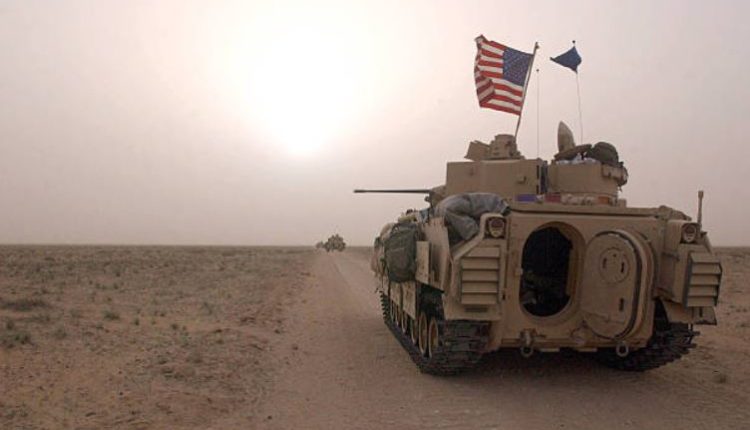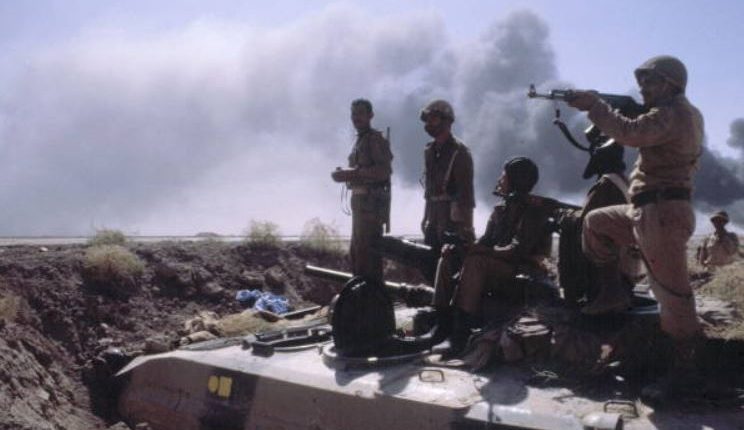
In a significant escalation of tensions in the Middle East, the US military carried out targeted strikes in Iraq on Tuesday in response to recent attacks by Iranian-backed militias on American forces in Iraq and Syria.
Secretary of Defense Lloyd J. Austin confirmed the strikes in a statement, highlighting the necessity and proportionality of the actions taken.
Biden Authorizes Strikes
The decision to conduct the strikes came directly from President Biden, who authorized the US military to hit three facilities associated with the Iranian-backed Kataib Hezbollah militia group and other Iran-affiliated entities in Iraq.
According to the US Central Command, the strikes specifically targeted KH headquarters, storage facilities, and training locations linked to rocket, missile, and one-way attack UAV capabilities.
The latest round of hostilities was triggered by a “larger-scale” attack on US forces at Al Asad air base in western Iraq on Saturday.
The Pentagon characterized it as one of the most substantial attacks yet, involving multiple ballistic missiles and rockets. While most of the projectiles were intercepted by air defenses, some caused structural damage to noncritical facilities.
During a Tuesday briefing, the Pentagon revealed that four service members were evaluated for traumatic brain injuries in the aftermath of the attack but have since returned to duty. Additionally, one Iraqi soldier was wounded. This incident marked the 151st attack on service members in Iraq and Syria since October 17, prompting a series of measured responses from the US military.
The Defense Department disclosed that there have been at least 151 attacks on service members in Iraq and Syria since October 17. The US military has responded a handful of times, initially targeting ammunition warehouses.
Earlier this month, the US killed the leader of one of the groups believed to be orchestrating these attacks.
Read more: China’s Shrinking Population Casts A Long Shadow
Iran-Backed Factions in Iraq as Security Concerns

The timing of these hostilities coincides with the outbreak of the conflict between Hamas and Israel in October.
Despite the Pentagon’s assertion that Israel’s war is confined to Gaza, the attacks against US forces in Iraq and Syria, along with Houthi attacks on commercial shipping, have contributed to heightened tensions in the region.
In Secretary Austin’s statement, he emphasized the commitment to defending US personnel and interests, asserting that necessary actions will be taken to protect them.
He called on the Iranian-backed groups and their sponsors to cease their attacks immediately, highlighting the US government’s reluctance to escalate conflict in the region.
Notably, these strikes in Iraq mark the Pentagon’s third set of military operations in just three days across three different countries.
The sequence includes operations against Al Shabab in Somalia on Sunday coordinated strikes with the U.K. against the Houthis in Yemen on Monday, and the most recent strike against Iranian-backed groups in Iraq on Tuesday.
The rapid succession of military actions underscores the complexity and volatility of the geopolitical landscape in the Middle East.
Read more: Pro-Palestinian Activists Attacked With Stink Bombs At Columbia

